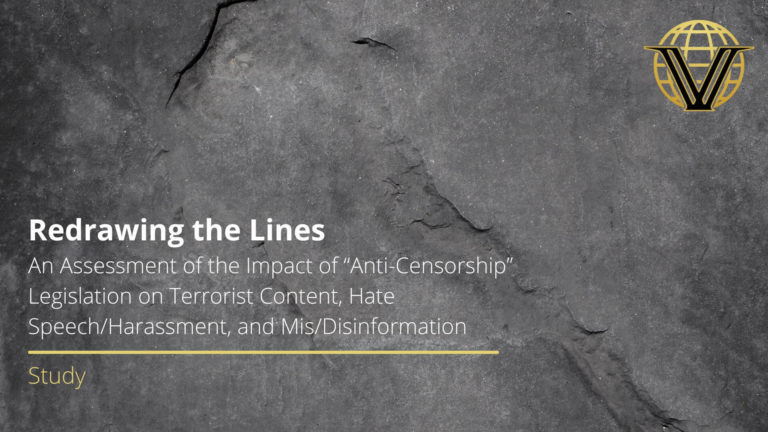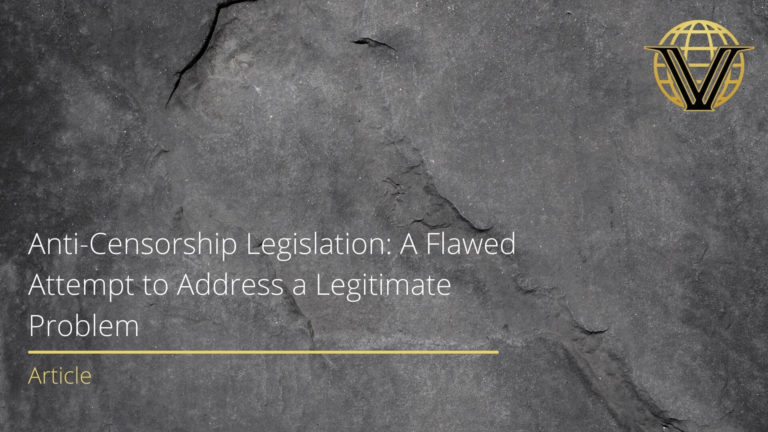Daveed Gartenstein-Ross, Colin Clarke, and Samuel Hodgson
International Centre for Counter-Terrorism – The Hague.
On April 6, 2020, the U.S. Department of State designated the Russian Imperial Movement (RIM) as a Specially Designated Global Terrorist (SDGT) entity. The Department also individually designated three of the group’s leaders: Stanislav Anatolyevich Vorobyev, Denis Valliullovich Gariyev, and Nikolay Nikolayevich Trushchalov. This marks the first time that the Department has designated a white supremacist extremist (WSE) organization—it is possible that other WSE groups will eventually follow. This article seeks to illuminate RIM’s designation by situating it within the broader transnational WSE movement.
RIM is a dangerous element within this broader movement. The group has provided training to foreign WSEs who have carried out bomb plots in their own countries. While the provision of bomb-making expertise and other skills may threaten to destabilize Western countries, it is important to recognize that RIM is not a Russian state proxy. As Michael Carpenter put it, RIM has “an adversarial symbiosis” with the Russian government, which provides the group with “a great deal of latitude to interact with neo-Nazi and far-right extremist groups in the West—but only as long as they don’t cause too much trouble in Russia.”
RIM is actively seeking to grow its influence, establishing connections with WSEs and white power activists in Europe and the United States. As part of this effort, it has attempted to make contact with US citizens. The designation of RIM and its leadership will provide law enforcement authorities and intelligence officials with greater authorities and tools to prevent RIM members from traveling to the United States and seeking to actively recruit new members on US soil.
Background and Past Activity
RIM is an ultranationalist, pro-monarchist organization based in Russia that seeks to reestablish the Russian empire. The group emphasizes twin pillars of authority: political power vested in the tsar (the pre-revolution ruler of imperial Russia) and spiritual power vested in the Russian Orthodox Church. The organization embraces a form of Russian nationalism grounded in ethnic identity, and calls for the state to maintain influence or control over all territory in which ethnic Russians reside. The organization operates two paramilitary training facilities in St. Petersburg, through which it offers a training course that RIM calls “Partisan.” The training program includes instruction in woodland and urban assault, firearms, and other combat skills. RIM has used the facility to train private Russian citizens to fight alongside Ukrainian separatists as part of an affiliated paramilitary unit, the Imperial Legion.
RIM has supported WSE activity beyond Russia and Ukraine. In August 2016, the group provided paramilitary training to two Swedish members of the WSE group Nordic Resistance Movement (NRM) at their St. Petersburg Partisan facilities. Between November 2016 and January 2017, the two men and an accomplice bombed a café and migrant center in Sweden, and tried to bomb a refugee campsite. Swedish prosecutors have stated that the two men may have learned how to construct explosive devices through the Partisan course.
RIM is seeking to establish an international network, ostensibly dedicated to defending Western culture. Stanislav Vorobyev, the group’s leader, now designated by the Department of State, expressed fears of an impending “full-scale war against the traditional values of Western civilization” in a meeting with NRM, and said the two groups shared a common enemy in “Jewish oligarchs in Ukraine.” NRM’s leader Simon Lindberg has affirmed the friendly relationship between the two groups. In concert with the Russian political party Rodina, RIM invited a range of foreign organizations, including NRM, to join its “World National-Conservative Movement.” The movement was intended to stand in opposition to globalization policies that have, in the group’s eyes, produced “massive migration from foreign civilizational bases” and “impoverishment of cultures,” for the benefit of a “global cabal” that “unleashes conflicts and wars throughout the world, pitting against each other ethnic groups or parts of one ethnic group.”
As part of this effort, RIM has attempted to make contact with US citizens. A representative of the movement traveled to the United States in September 2017 in an effort to network with US—based organizations, reportedly leading to enduring contact with U.S. citizens, including Matthew Heimbach, former head of the Indiana-based neo-Nazi Traditionalist Workers Party. The group also reportedly offered paramilitary training to the organizers of the 2017 “Unite the Right” rally in Charlottesville, VA, and members US-based white nationalist groups.
The Future of the Russian Imperial Movement
Though RIM is not a Russian state proxy (its pro-tsarist worldview clashes with current political realities in the country), the Kremlin could attempt to coopt or even sponsor the group when its activities might further Russian foreign policy objectives. Moscow has not shied away from using assassinations as a tool of Russian foreign policy, brazenly using poison to murder dissidents and ex-intelligence operatives in Europe. If a conflict erupts between Russia and a NATO country, it is possible that Russia would take a more hands-on approach to training WSEs throughout organizations like RIM, and using them to fracture and destabilize the West.
This designation will limit the ability of RIM members to travel and forge connections with other members of the group, its supporters, and potential recruits elsewhere in the world. The designation directly led to several of the group’s well-known social media accounts being shuttered, which will have a temporary impact on RIM’s ability to propagandize and recruit. Being denied access to bank accounts may also impact the group’s funding and potentially limit the extent of its training activities. Some have argued that in addition to listing the RIM as a SDGT, the State Department should take the additional step of designating the group a Foreign Terrorist Organization (FTO), which would allow the US government to utilize an additional suite of counterterrorism tools.
The State Department designation is an important first step. The international community should further move toward a shared understanding of the nature of the threat, and should degrade individual groups and the wider network they form.



